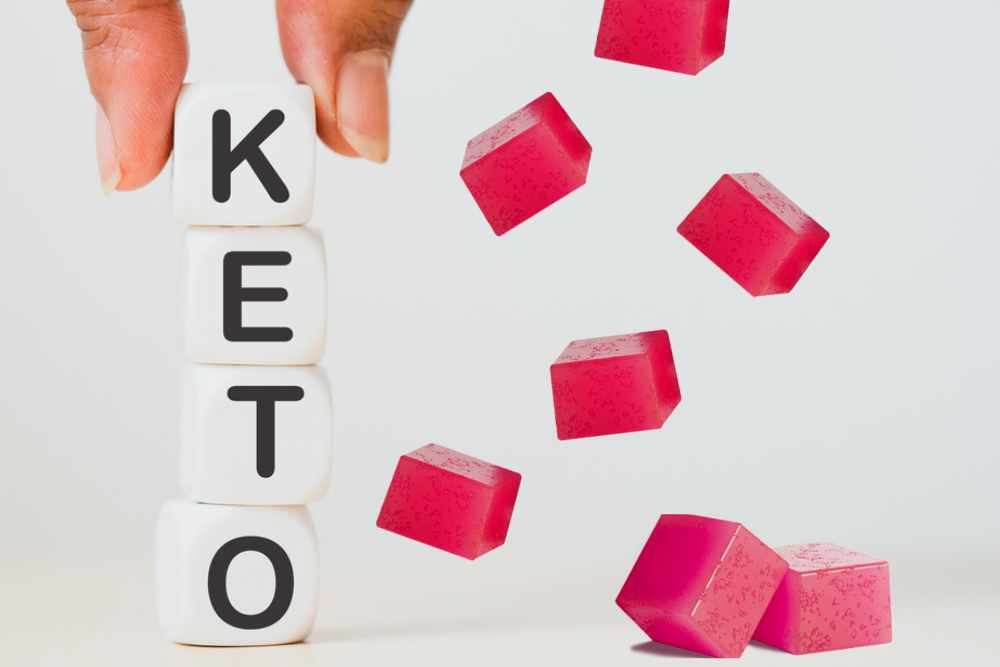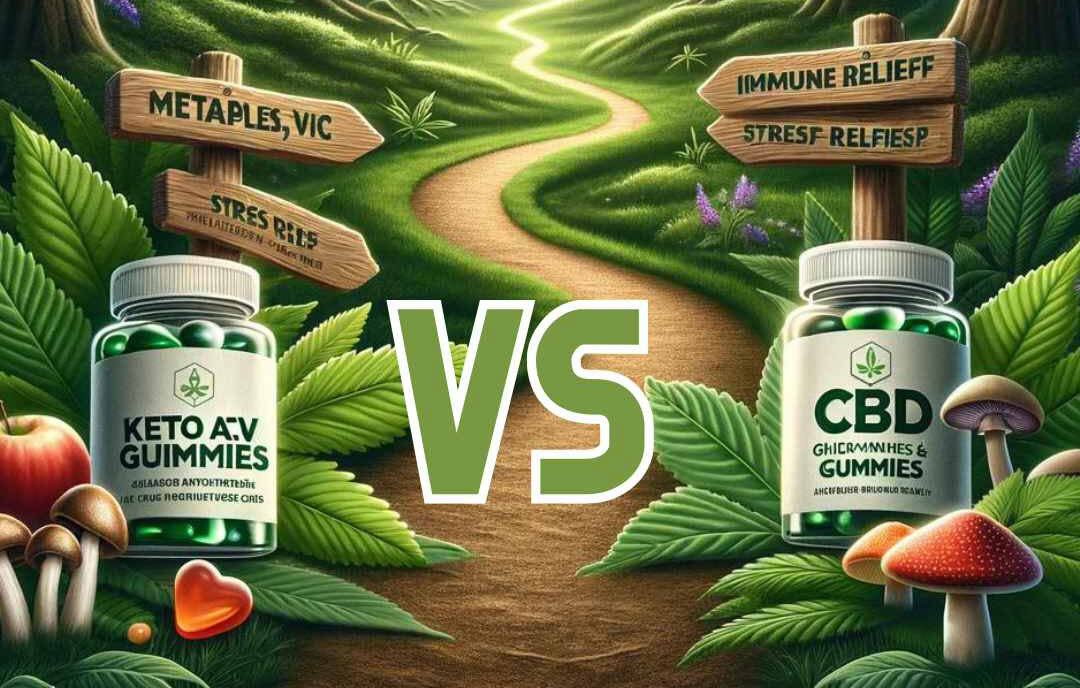THE SCIENCE BEHIND THE ENTOURAGE EFFECT
You’ve most likely heard about cannabis’ two well-known cannabinoids: THC and CBD. And, to some extent or not, you’ve also most likely heard all the buzz and hype about the “entourage effect” users may experience from cannabis. Nonetheless, there are actually over 100+ discovered cannabinoids in addition to these two that may have an effect on the body - they may just be produced in a lesser abundance.
The theory of how cannabis cannabinoids work together to create unique effects, and potential benefits, has been coined the “entourage effect” by scientists, consumers, and growers alike. So is there research being done that supports this effect in users? Is it a hot topic that marketers are running with?
In today’s article, we’ll discuss the ins and outs of the entourage effect, how it interacts with our endocannabinoid system (ECS), and what the research says about these potential effects and benefits.
Here we go!
WHAT IS THE ENTOURAGE EFFECT?
The Entourage Effect has been described in the medical literature as a combined effect of different cannabinoids found in cannabis that work in synchrony as a whole to produce a greater effect than if working independently or separately to produce separate effects. Thus, the entirety of the potential effects of cannabis may be greater than the effects of the parts.
When numerous cannabinoids, compounds of the cannabis plant, are integrated, their medicinal effects may be altered or improved. The psychoactive properties and flavor capacities may too be affected, creating unique products with unique characteristics (or so, in theory).
Some scientists have suggested that this botanical synergy supports not only a dominant molecule, but also by other plant derivatives - cannabinoids, terpenes, and flavonoids - to achieve maximal pharmacological effect. Now, let’s break each of these plant derivatives down into who they are and what they do.

WHAT ARE CANNABINOIDS?
Cannabinoids, phytocannabinoids, endocannabinoids, cannabis compounds, are they all the same? Can I use phytocannabinoid to describe a cannabinoid? Yes and no, sometimes, never, and maybe may all apply here.
Cannabinoids are compounds that are derived from the cannabis plant. These can also be called cannabis compounds or phytocannabinoids (phyto- being the Greek derivative for plant).
To date, over 100+ cannabinoids have been identified and studied in the cannabis plant, with tetrahydrocannabinol (THC) and cannabidiol (CBD) being two of the most well-studied cannabinoids.
Endocannabinoids are cannabinoids present in one’s body (endo- being the Greek derivative of within, inside). Some of the phytocannabinoids mimic the activity of endocannabinoids by binding to the endocannabinoid receptors.
Let’s analogy this up, shall we? Think of a suit and tie in cannabis terms: cannabinoids (suit) have cannabinoids receptors (tie) and endocannabinoids (suit) also have endocannabinoids receptors (tie). Through these compound-to-receptor interactions, cannabinoids coming into our body can connect with cannabinoids and receptors within our body.

WHAT ARE TERPENES?
Terpenes, also commonly referred to as terpenoids, are the largest and most diverse array of naturally occurring compounds. They are mostly found in plants and form the majority of essential oils with distinct aromas and flavors - the characteristics of individual cannabis products are frequently determined by their relative concentrations of specific terpenes.
The common plant sources of terpenes are tea, cannabis, and citrus fruits (i.e. lemons, oranges). Furthermore, cannabis is one of the most common sources for the medicinal terpene.
Terpenes have been suggested to convey the smell of different cannabis flower and have some therapeutic abilities, either by themselves or as co-activating agents, enhancing the beneficial activity of cannabinoids on humans.
Read more about CBD and terpenes here.
WHAT ARE FLAVONOIDS?
Flavonoids are a group of naturally occurring substances with variable phenolic structures, commonly found in fruits, grains, vegetables, flowers, teas, and bark.
In plants, flavonoids have been known to be synthesized in particular sites, being responsible for the color and aroma of flowers, for instance. Flavonoids can also play a protective role, as they may play a functional role in plant heat acclimatization and freezing tolerance.

HOW DO CANNABINOIDS, TERPENES, AND FLAVONOIDS WORK?
Ready for the cake?
The Entourage Effect is believed to have emerged from the interactions of cannabinoids, terpenes, and flavonoids.
To date, most of the research on the Entourage Effect has focused on the interactions between CBD and THC, especially on how one may further affect the other.
This Entourage Effect refers to this combination of compounds, suggested to work in concert to create this effect. Thus, this effect is the suggested positive contribution derived from the addition of terpenes to cannabinoids.
Synergistic interactions may be found between different phytocannabinoids (intra-entourage) and between phytocannabinoids and terpenes (inter-entourage).
Furthermore, cannabis applications should be optimized to contain mixtures of the cannabis-derived components to achieve this Entourage Effect in users.
CAN USERS GET THE ENTOURAGE EFFECT FROM THC?
Users can get the Entourage Effect from using THC.
Tetrahydrocannabinol (THC) has been one of the primary focuses of cannabis research since the 1906s.It has been suggested that cannabis extracts may demonstrate Entourage Effects two to four times greater than compared to just THC alone.

Some cannabis extracts offer a rich diversity of cannabinoids and terpenes that may offer this Entourage Effect to users as well. These are commonly referred to as full-spectrum cannabis extracts.
WILL CBD HAVE THE ENTOURAGE EFFECT?
Cannabidiol, CBD, is the non-psychoactive compound of the cannabis plant - it does not exert a high in users. Thus, users may or may not be able to achieve an Entourage Effect from CBD alone.
However, CBD can have terpenes, flavonoids, and other cannabinoids (i.e. CBN, CBG) present to enhance or encourage this effect to occur.

Unfortunately, there are still far, few, and in between studies that have examined the synergistic applications and opportunities of CBD and the Entourage Effect.
Depending on what type of CBD you decide to use, whether it be full-spectrum, broad-spectrum CBD, or isolate, the potential for the Entourage Effect to occur is plausible. Again, there are still unknown effects, benefits, and or mechanisms as to how this would perform.
ENTOURAGE EFFECT: WHAT THE RESEARCH SHOWS
Researchers and scientists alike remain skeptical of the potential and existence of the Entourage Effect. This is due to the lack of controlled, double-blind laboratory studies to verify its reality.
All in all, the Entourage Effect isn’t necessarily a process that one study can pin down to trace and identify its mechanisms and exerting internal and external effects.
More work is needed to be done in order to clarify the exact mechanisms involved here - in humans and animals.

THE ENTOURAGE EFFECT: FINAL THOUGHTS
The Entourage Effect still remains in question, as more clinical trials, human studies, and physiological and microbiological investigations are needed to further “debunk” or support this potential and or beneficial effect.
However, as terpenes, flavonoids, and cannabinoids continue to be researched and supported in the cannabis industry, the opportunity for the Entourage Effect to come to more evident fruition is promising.
In response to this decade long demand for more cannabis research and funding, big name who-whos are chiming are finally with funding (i.e. NFL, FDA, NIH) and curiosity (i.e. IOC, WADA, WHO). So, what’s next: the hype or the hustle?
Sources
Carlini, E. A., Karniol, I. G., Renault, P. F., & Schuster, C. R. (1974). Effects of marihuana in laboratory animals and in man. British journal of pharmacology, 50(2), 299–309. https://doi.org/10.1111/j.1476-5381.1974.tb08576.x
Cox-Georgian, D., Ramdoss, N., Dona, C., & Basu, C. (2019). Therapeutic and medicinal uses of terpenes. Medicinal Plants, 12, 333-359.
Feber, S. G., Namdar, D., Hen-Shoval, D., Eger, G., et al. (2020). The “entourage effect”: Terpene coupled with cannabinoids for the treatment of mood disorders and anxiety disorders. Curr Neuropharmacol, 18(2), 87-96.
McPartland, J. M., Mediavilla, V. (2001). Non-cannabinoids in cannabis. Journal of Cannabis Therapeutics, 1(3-4), 103-132.
Panche, A. N., Diwan, A. D., & Chandra, S. R. (2016). Flavonoids: an overview. Journal of nutritional science, 5, e47. https://doi.org/10.1017/jns.2016.41
Russo, E. B. (2018). The case for the entourage effect and conventional breeding of clinical cannabis: No “strain, no gain. Front Plant Sci, 9, 1969.
Samanta, A., Das, G., & Das, S. (2011). Roles of flavonoids in plants. Int J Pharm Sci Tech, 6, 12-35.
*DISCLAIMER: The information in this article is for educational purposes only. It does not exploit or provide medical advice of any kind. Therefore, any reliance you place on the information below is strictly at your own risk. Please check with your medical provider before starting or changing a CBD routine.
Content Writer | Physiologist | ResearcherKirsten is currently a PhD student studying Health Sciences at Rocky Mountain University of Health Professions (RMUoHP) in Provo, Utah, specializing in Human Physiology. She is a Research Assistant at RMUoHP in the Human Performance Lab as well as a Research and Development Writer for Nanocraft CBD. She is passionate about the influence of cannabis and CBD in sport as well as the benefits of lifetime movement on health and wellness.
- #cannabidiol
- #cbd
- #cbdoil
- #cbdproducts
- #hemp
Tagged under














No comments yet!
Be the first to comment